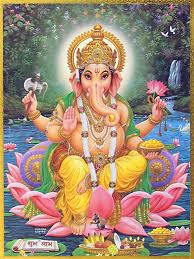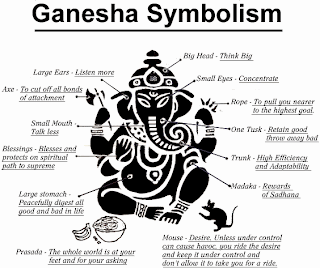Konkan is inviting you to see, understand, love, share and help the part of nature. Whatever your pleasure swimming, sunbathing, fishing, boating, surfing, dolphins watching, a relaxing walk, trekking, biking you are sure to get hooked.So why wait, refresh and fine-tune your senses.
As opposed to your friends who like to travel on their own and do not want rigid schedules during their holiday, you would rather travel with an organized group. Since you are not very fond of looking at maps and driving into uncharted territory, your best bet would be to go with a tour operator. All the work is done for you and you get to learn something about each place you visit, thanks to a well-prepared tour operator. What should you be looking for in a tour operator?
Experience and licence to operate
Most experienced tour operators have extensive travel experience under their belt. They know the preferences of various age groups, what the top destinations are, and have done their homework. In many cases you can tell good experience when the tour operator answers your questions and can add to your knowledge without being prompted. You can sense their confidence. They are not stammering or struggling for answers. Rarely will you hear “I don’t know about that; let me find out for you.”
Along with this experience, you want a tour operator who is licensed in the area you live. This is probably a little difficult when you are dealing with a tour operator who operates an online travel agency, but there are ways of finding out as to their legal status. For example, do they have a secure payment system, do they take major credit cards, and do they send you confirmation of your booking and mail you an original receipt? You can also go with word of mouth, go to online travel forums and read people’s comments about the tour operator.
Tour Guide
One of the reasons you choose an organized tour group is to learn something about the place you are visiting. You want a tour guide who will not only make sure that logistics are efficiently carried out, but also one who is well informed about the geography, history and culture of your destination. In fact, it is inconceivable for tour operators not to have tour guides who will accompany travellers everywhere they go and be accessible when they are needed.
Package deals
Examine your travel brochures closely and read in between the lines. You want to make sure that the accommodations provided are located in a safe area close to all amenities. If you are paying a steep price for your tour, you also expect that at least two meals daily are part of the deal. In addition to food and lodging, you want a tour operator who will give you the choice of signing up for extra side trips or special excursions. A good tour operator offers an adequate number of sightseeing trips, but can offer optional trips as well.
Flexibility in tour schedule
Some people have vowed never to go with a tour operator again because their first experience turned out to be like military training. A tour operator has to take into account the temperaments of travelers. There are those who do not mind having a hectic schedule where each activity is timed and meal periods start at a given time, not one minute more or less. A good tour operator leaves some room and time for travellers to be on their own, and will choose restaurants that can offer a varied menu so that everyone, or almost everyone, can be accommodated.
If you like this please Link Back to this article...

























